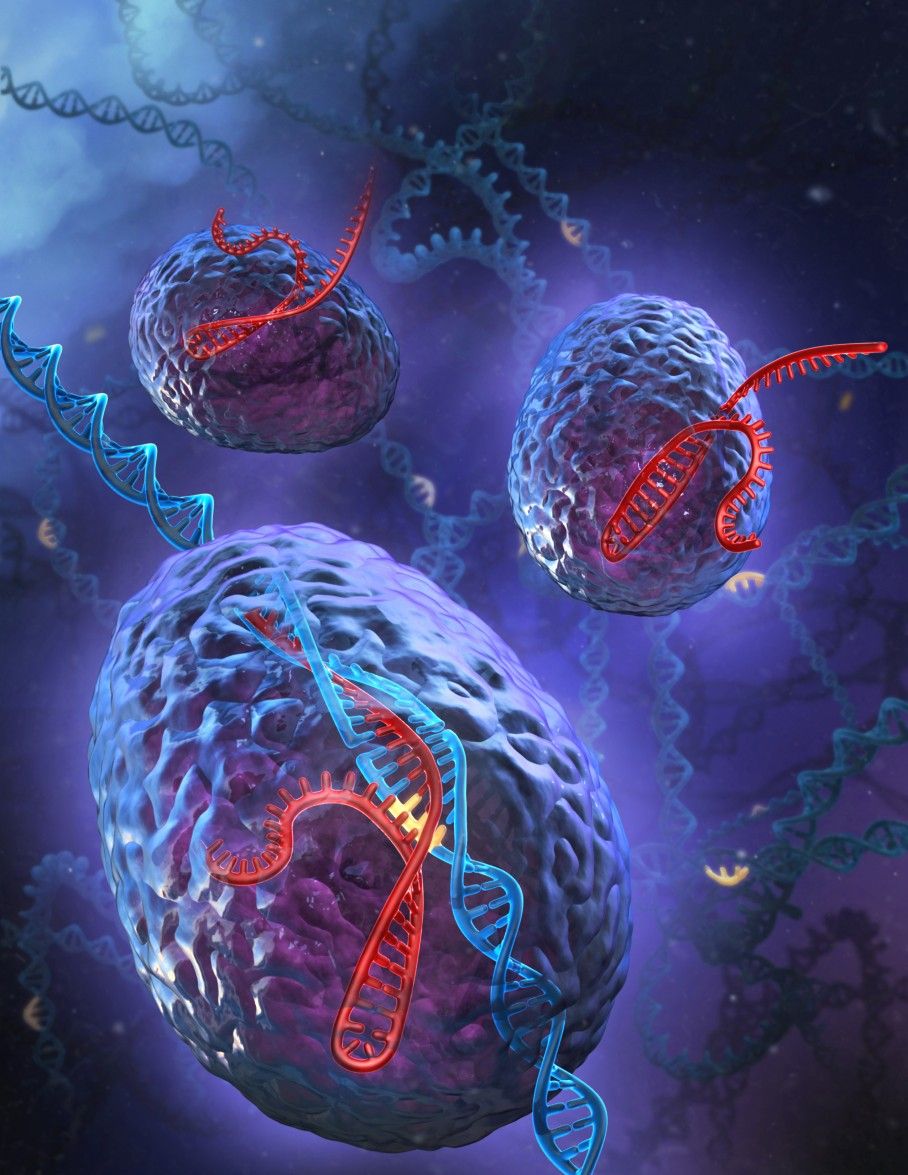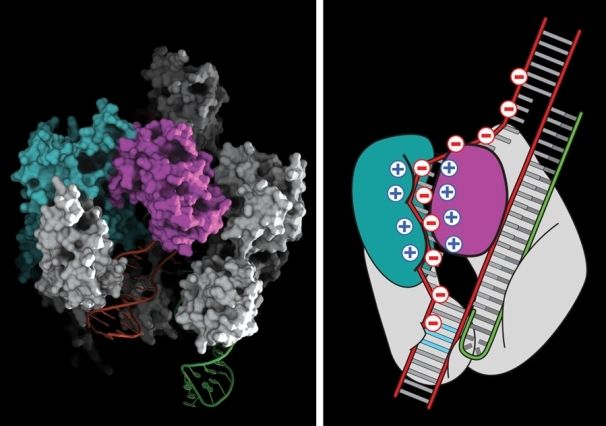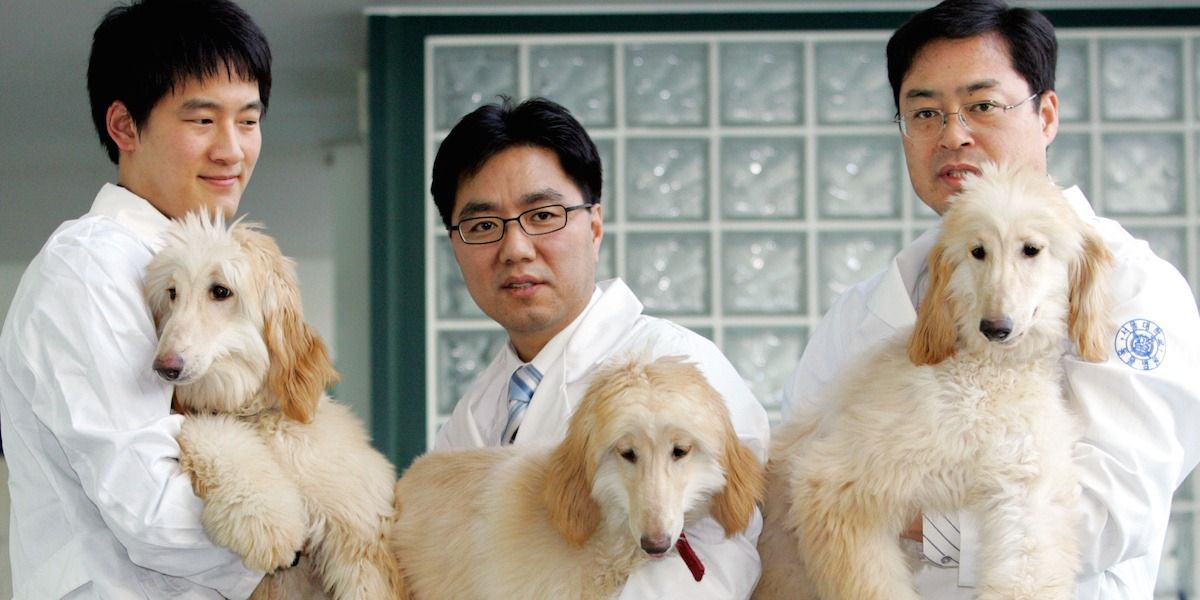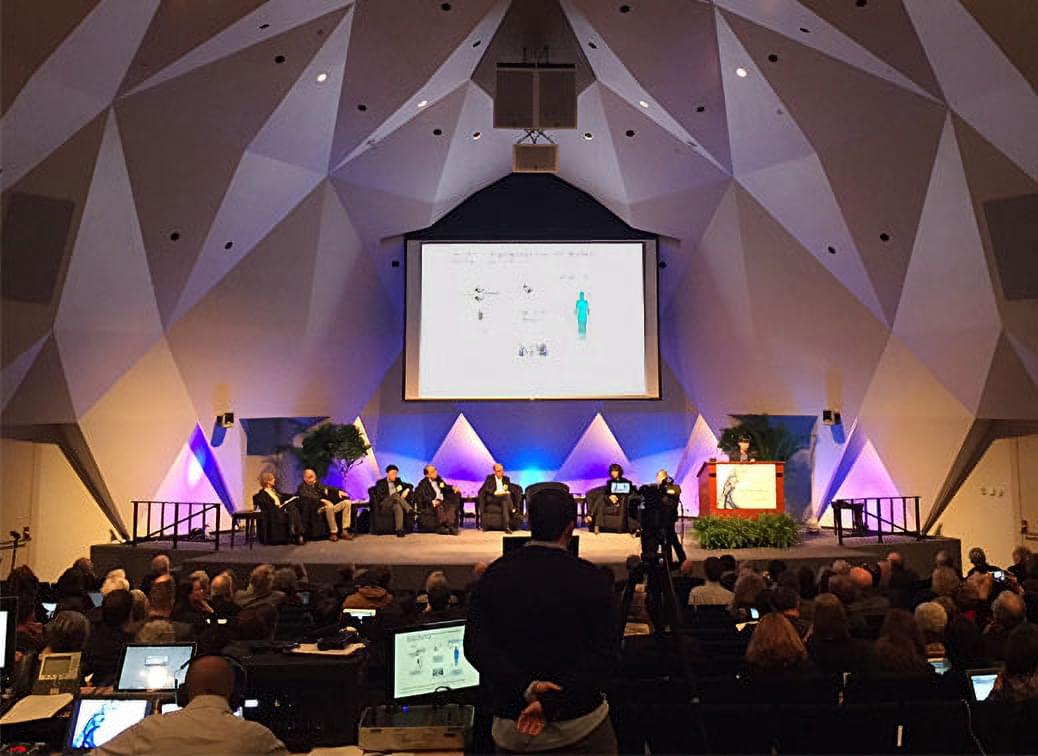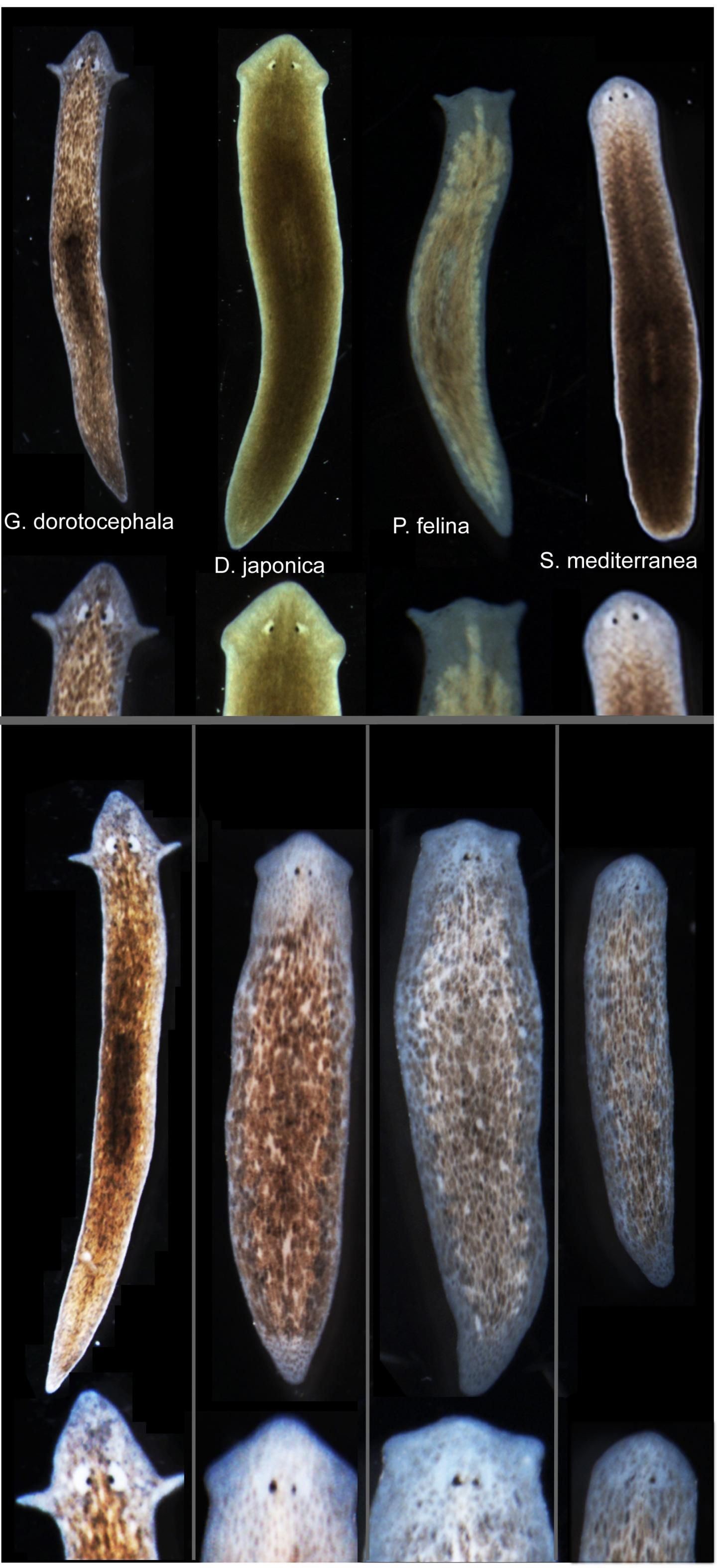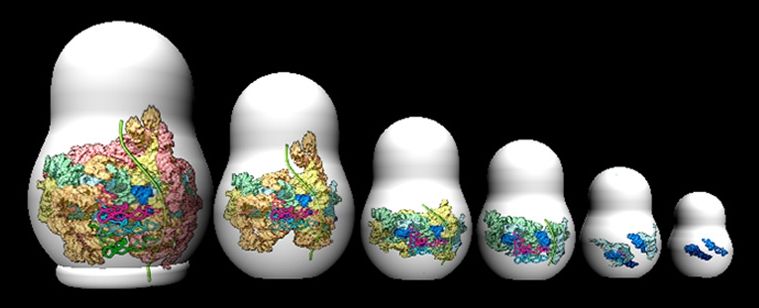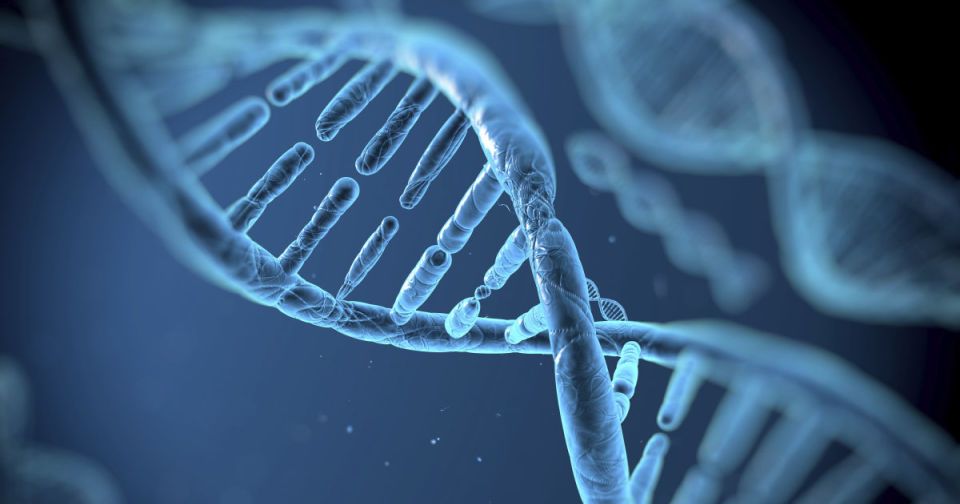Archive for the ‘biotech/medical’ category: Page 2733
Dec 2, 2015
MIT, Broad scientists overcome key CRISPR-Cas9 genome editing hurdle
Posted by Shailesh Prasad in category: biotech/medical
Researchers at MIT have engineered changes to the CRISPR-Cas9 gene editing system that significantly reduce “off-target” editing errors. In addition, a new enzyme, eSpCas9, will be useful for DNA editing requiring a high level of specificity.
Dec 2, 2015
The Chinese scientist behind the world’s biggest cloning factory believes he can replicate humans
Posted by Shailesh Prasad in category: biotech/medical
But cattle are only the beginning of chief executive Xu Xiaochun’s ambitions.
In the factory pipeline are also thoroughbred racehorses, as well as pet and police dogs, specialised in searching and sniffing.
Boyalife is already working with its South Korean partner Sooam and the Chinese Academy of Sciences to improve primate cloning capacity to create better test animals for disease research.
Dec 1, 2015
New AI ‘Gabriel’ wants to whisper instructions in your ear
Posted by Phillipe Bojorquez in categories: biotech/medical, neuroscience, robotics/AI
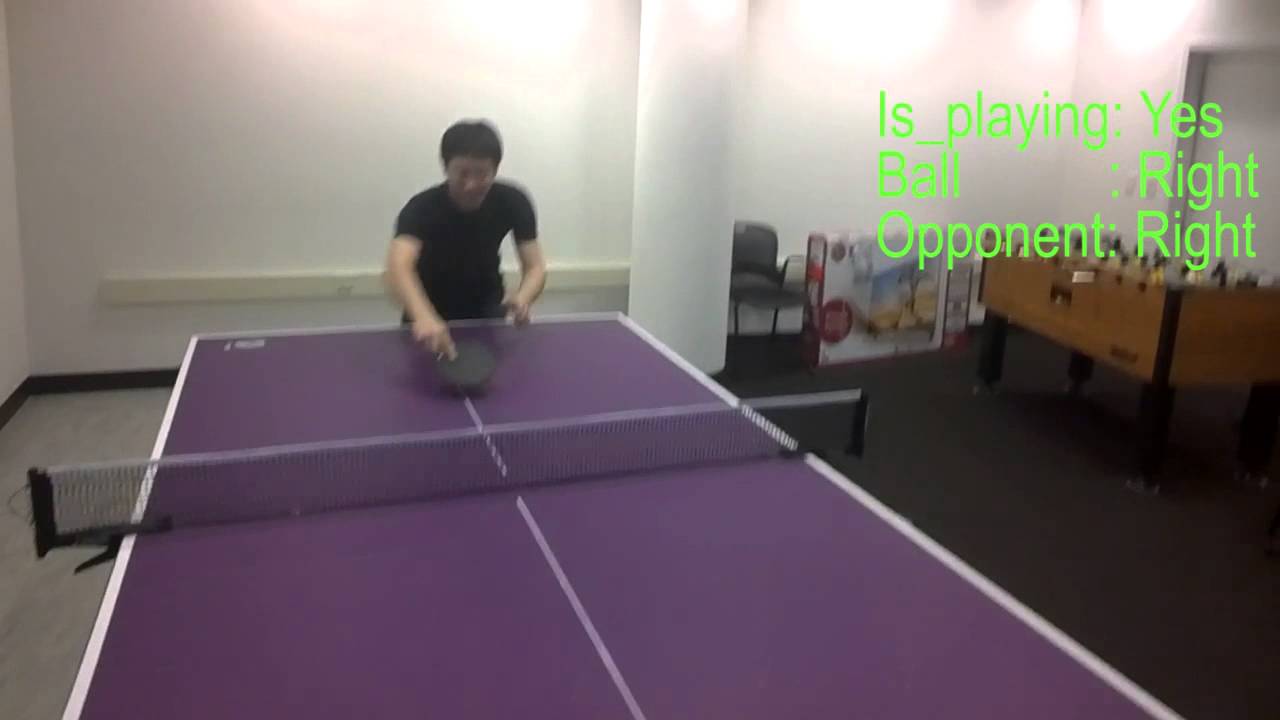
Researchers at Carnegie Mellon University are building an AI platform that will “whisper” instructions in your ear to provide cognitive assistance. Named after Gabriel, the biblical messenger of God, the whispering robo-assistant can already guide you through the process of building a basic Lego object. But, the ultimate goal is to provide wearable cognitive assistance to millions of people who live with Alzheimer’s, brain injuries or other neurodegenerative conditions. For instance, if a patient forgets the name of a relative, Gabriel could whisper the name in their ear. It could also be programmed to help patients through everyday tasks that will decrease their dependence on caregivers.
For the software to exist as a working wearable assistant, it will need a head-mounted device to latch onto. For now, the team is using Google Glass for demos like a ping pong assistant, where the programs tells the user to hit the ball to the right or left depending on the position of the ball in relation to the opponent. In the video below, when the user follows the guidance it makes it harder for the opponent to defend the ball in the game.
Dec 1, 2015
Gene Editing: What Is It Good For?
Posted by Phillipe Bojorquez in categories: biotech/medical, food
The explosion of gene-editing methods is transforming medicine, agriculture, and possibly the future of the human species.
Dec 1, 2015
Biologists induce flatworms to grow heads and brains of other species
Posted by Sean Brazell in categories: biotech/medical, genetics, neuroscience
Tufts biologists induced one species of flatworm —- G. dorotocephala, top left — to grow heads and brains characteristic of other species of flatworm, top row, without altering genomic sequence. Examples of the outcomes can be seen in the bottom row of the image. (credit: Center for Regenerative and Developmental Biology, School of Arts and Sciences, Tufts University.)
Tufts University biologists have electrically modified flatworms to grow heads and brains characteristic of another species of flatworm — without altering their genomic sequence. This suggests bioelectrical networks as a new kind of epigenetics (information existing outside of a genomic sequence) to determine large-scale anatomy.
Besides the overall shape of the head, the changes included the shape of the brain and the distribution of the worm’s adult stem cells.
Dec 1, 2015
Looking back 3.8 billion years into the root of the ‘Tree of Life’
Posted by Matthew Holt in category: biotech/medical
“The ribosome is one of the primary target for antibiotics, so understanding its architecture and consistently throughout biology could be of great benefit,” said Williams. “By studying the ribosome, we can start thinking about biology in a different way. We can see the symbiotic relationship between RNA and proteins.”
While the ribosomal core is the same across species, what’s added on top differs. Humans have the largest ribosome, encompassing some 7,000 nucleotides representing dramatic growth from the hundred or so base pairs at the beginning.
“What we’re talking about is going from short oligomers, short pieces of RNA, to the biology we see today,” said Williams. “The increase in size and complexity is mind-boggling.”
Nov 30, 2015
Japanese scientists create touchable holograms
Posted by Sean Brazell in category: biotech/medical
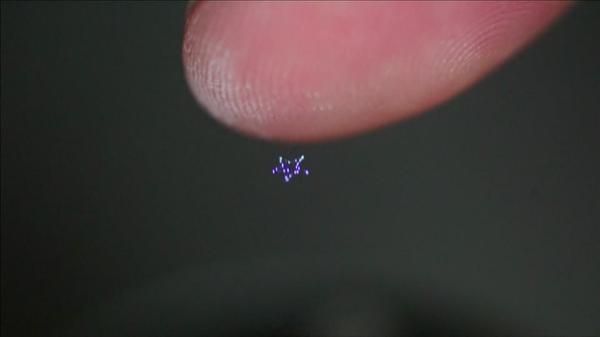
Watch the video Japanese scientists create touchable holograms on Yahoo News. Japanese scientists create touchable holograms, believing this could contribute to architecture and medicine. Jim Drury reports.
Nov 30, 2015
World’s first anti-ageing drug could see humans live to 120
Posted by Sean Brazell in categories: biotech/medical, health, neuroscience
The world’s first anti-ageing drug will be tested on humans next year in trials which could see diseases like Alzheimer’s and Parkinson’s consigned to distant memory.
Scientists now believe that it is possible to actually stop people growing old as quickly and help them live in good health well into their 110s and 120s.
Although it might seem like science fiction, researchers have already proven that the diabetes drug metformin extends the life of animals, and the Food and Drug Administration in the US has now given the go ahead for a trial to see if the same effects can be replicated in humans.
Nov 29, 2015
Scientists show that gene editing can ‘turn off’ human diseases
Posted by Shailesh Prasad in categories: biotech/medical, genetics
Gene editing has already been used to fight diseases, but there’s now hope that it might eliminate the diseases altgether. Researchers have shown that it’s possible to eliminate facial muscular dystrophy using a newer editing technique, CRISPR (Clusters of Regularly Interspaced Short Palindromic Repeats) to replace the offending gene and ‘turn off’ the condition. The approach sends a mix of protein and RNA to bind to a gene and give it an overhaul.
This doesn’t mean that doctors suddenly have a cure-all on their hands. They haven’t tried CRISPR on real live people, and there’s no guarantee that it’d work with every genetic condition under the Sun. The initial test was only 50 percent effective, too. If this gene mending is useful in the field, though, it could do a lot to transform medicine. Doctors could treat the root cause of a genetic disease rather than deal with the symptoms, and possibly wipe it out entirely — or at least, make it more bearable.
[Image credit: Getty Images].
